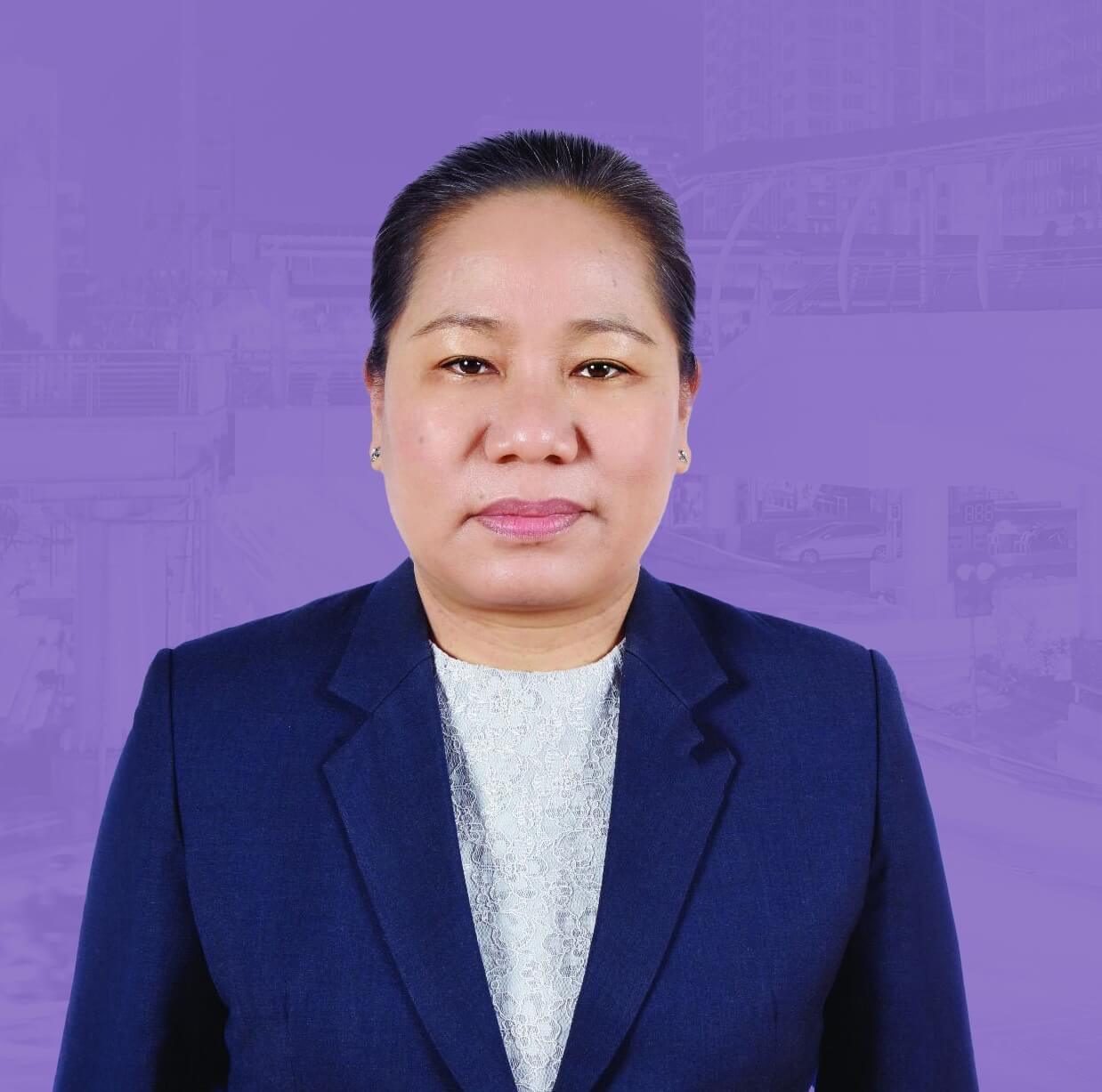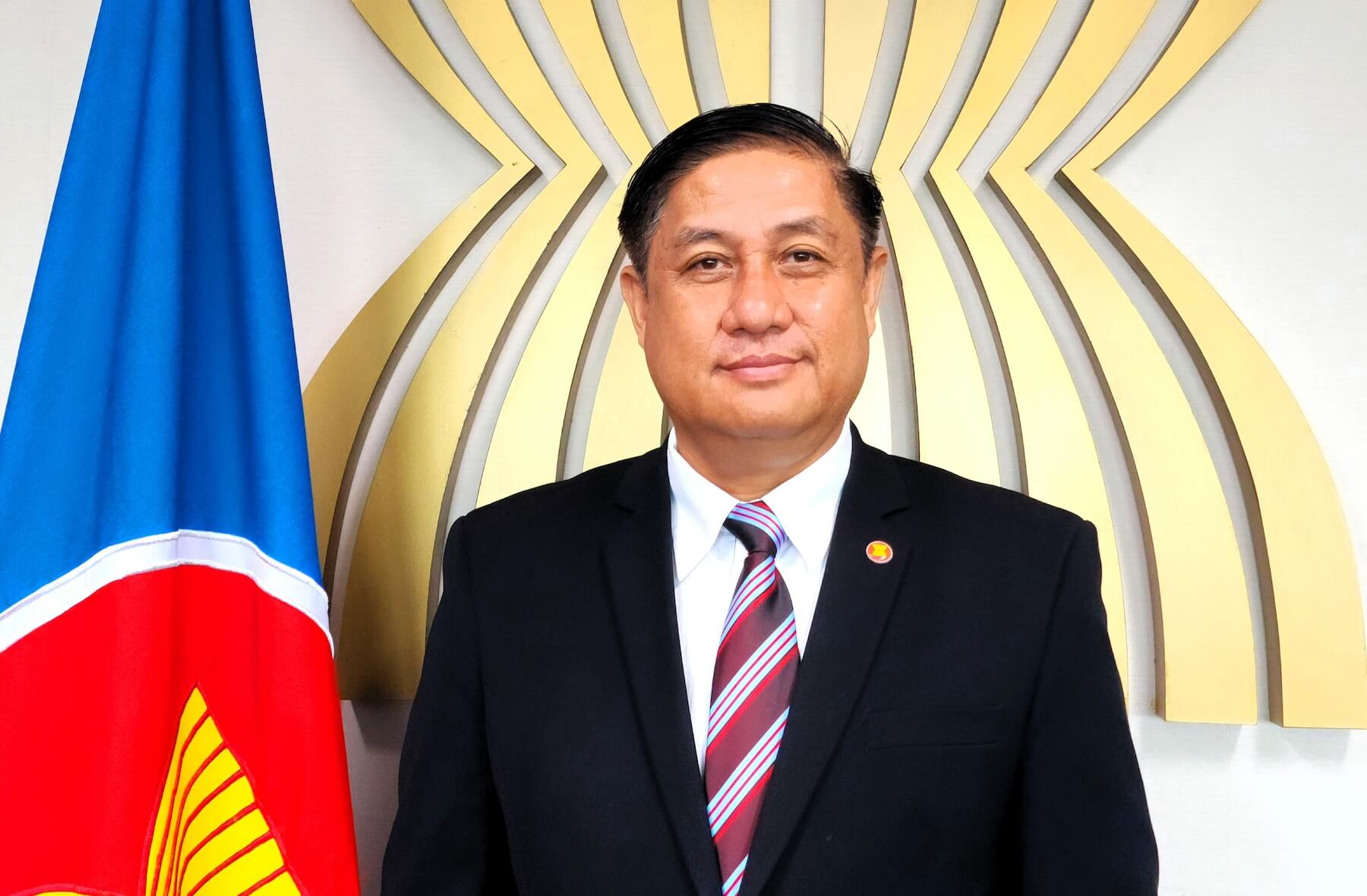


On February 2, 2020, a video of a blindfolded and masked man standing in a plaza in Firenze, Italy, was posted on social media.
Next to the man, who was identified as a Chinese-Italian, was a sign written in English, Italian and Chinese: “I’m not a virus. I’m a human. Eradicate the prejudice.”
In late January, Asians in France created the #Jenesuispasunvirus (“I am not a virus”) Twitter hashtag to protest numerous reports of racist slurs and racial discrimination against Asians of Chinese descent. It has become a battle cry of sorts among those targeted by the discrimination.
The fear and anxiety created by the COVID-19 viral outbreak has fueled xenophobia, from Europe to America and to Asia. Reactions of panic and uncertainty were expected at the early onset of the disease, when not much had been made evident, but fear of a probable future was apparent.
Threats to global health—which include new species of viruses such as the COVID-19 virus, sudden outbreaks, reemerging infections and even the HIV epidemic—have been met with much anxiety around the world and, sadly, xenophobia, stigma, and discrimination. Over the past few weeks, social media has been flooded with daily news, evidence-based information, and technical updates about COVID-19.
Timely and critical information, the novel coronavirus’s genome sequence and technical exchanges and updates to relevant information on prevention, detection, and response are regularly shared with the World Health Organization and disseminated among other countries.
The information is meant to assuage fears and questions about the outbreak that has affected 210 countries and territories around the world.
Various health advisories are continuously given to the public so people can protect themselves from the risk of infection during their daily routines at home, at school and the workplace, as well as during travel. There are regular updates about confirmed cases, cases under investigation, suspected cases, and number of deaths.
Still, there seems to be no stopping the slurs and discrimination against Asians, particularly those of Chinese ethnicity. Posted alongside the information and updates released through the media — especially from technical agencies such as the WHO—are multiple memes, posts, reposts, and messages from individuals on various social media platforms.
Many posts refer to more than personal uncertainties about the epidemic, and also include taunts, ugly comments, and unfounded views targeting those people who have been affected by the virus. Fake news and conspiracy theories about the origin and spread of the virus are also being shared widely.
Isn’t it valid then, to ask the question: Why are we equating the virus and its spread to a specific race? Unfortunately, this is not a first.
This question can be considered against the backdrop of past experiences in the social dimensions of the Severe Acute Respiratory Syndrome (SARS), Ebola, Middle East Respiratory Syndrome (MERS) and even HIV/AIDS epidemics.
Evidence-based information about the COVID-19 outbreak has been shared nonstop, with public health advice provided to local communities and travelers in the affected countries.
Panic and fear have been addressed at the highest levels of governments around the world. Public dissemination has been constant regarding preventive measures, which are essentially basic personal hygiene and sanitation that we have all been taught at home and at school.
How much more information needs to be shared to help stop the spread of both the virus and the racial discrimination?
We must eradicate prejudice in our own backyard.
In Southeast Asia, 10 ASEAN Member States have confirmed cases of COVID-19. Health officials in all Member States are continuously supporting each other through constant coordination, technical and information exchanges and communication, and have mobilised resources to address the threat of COVID-19. All are being done with the support and cooperation of health officials from China and other East Asian countries such as Japan and South Korea.
Much more research is needed on the infectious period of the virus, contact rate, and modes of transmission. Despite these gaps, ASEAN leaders and health officials are working together continuously to utilise objective and evidence-based measures.
ASEAN strongly advocates its policy of “one community” with “one vision”. That community includes the wider Asian region. The ills of racial discrimination should not spread as quickly and widely as the COVID-19 infection.
There have been expressions of prejudice in the region and beyond. These sentiments should not take root amid the ongoing efforts to contain the further spread of this deadly disease. The situation should not feed into racial hatred. ASEAN should work together to help eradicate prejudice in our own backyards.
Disease does not discriminate. Everyone can be at risk. This vulnerability may indeed cause fear, but fear should not be used to justify blaming and ostracising others, especially those who are already suffering gravely from illness and isolation. The virus is the enemy, not the person it has infected.








